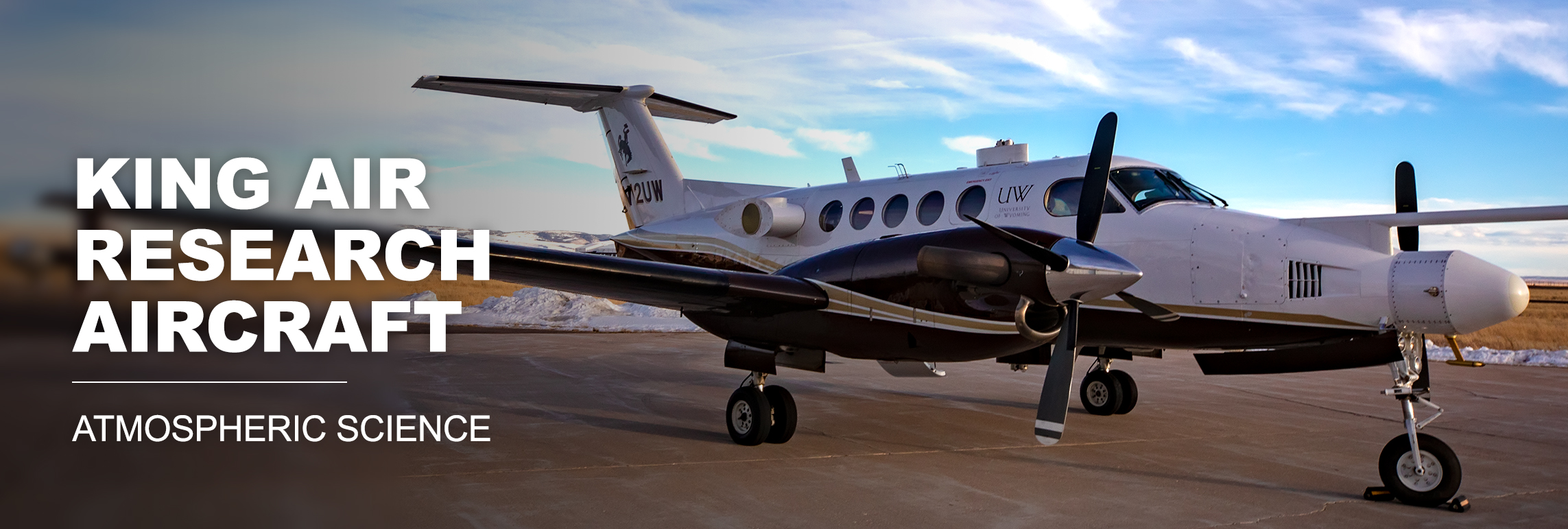

The University of Wyoming Cloud Lidar (WCL) is an airborne observational system that
provides high-resolution cloud and aerosol structures. The WCL includes an up-pointing
lidar at a wavelength of 355 nm and a down-pointing lidar at 351 nm, which can be
deployed separately or together. The WCL is primarily used as an installation on the
Wyoming King Air aircraft; however it has also been used on the NSF/NCAR C-130 aircraft.
Configuration: UWyo King Air and NSF/NCAR C-130 aircraft
Number of available systems: 2 (up- and down-pointing systems requestable separately)
Dr. Min Deng / mdeng2@uwyo.edu /(307) 766-6334
To describe weather events during which collection is desired (i.e., clouds, precipitation,aerosol), provide specific information for the radar targets. It will help us consider the capability of the radar to provide quality data for them.
24-hour access to quicklooks and preliminary processed L0 data during the field project